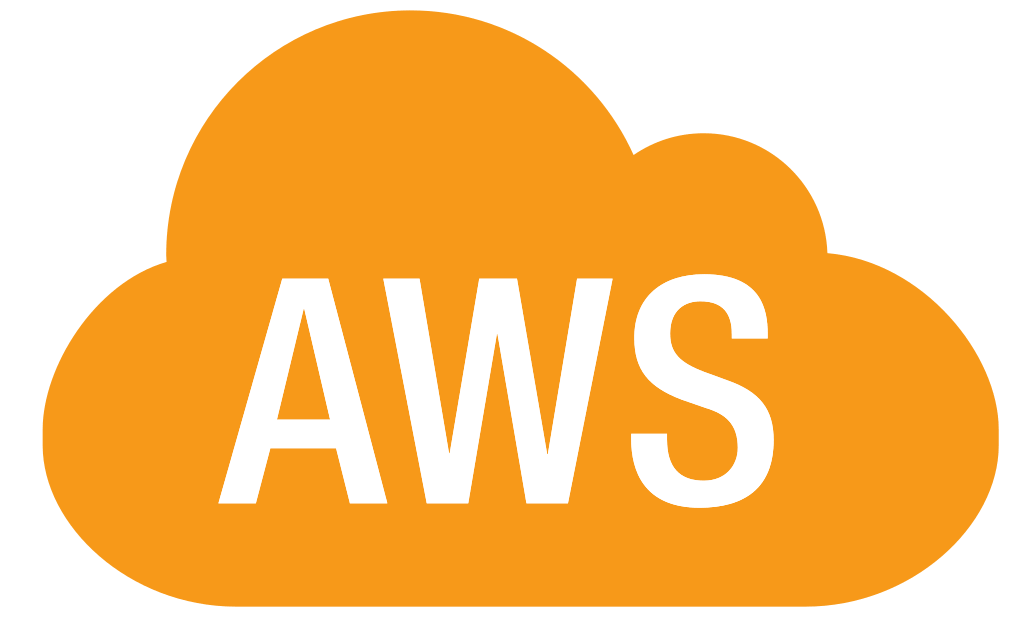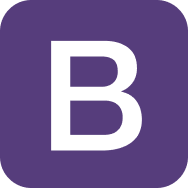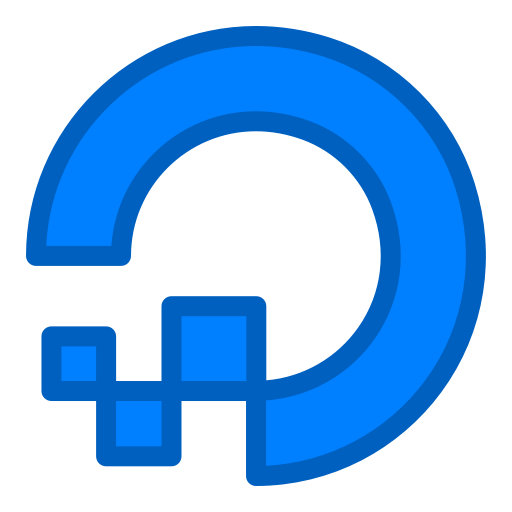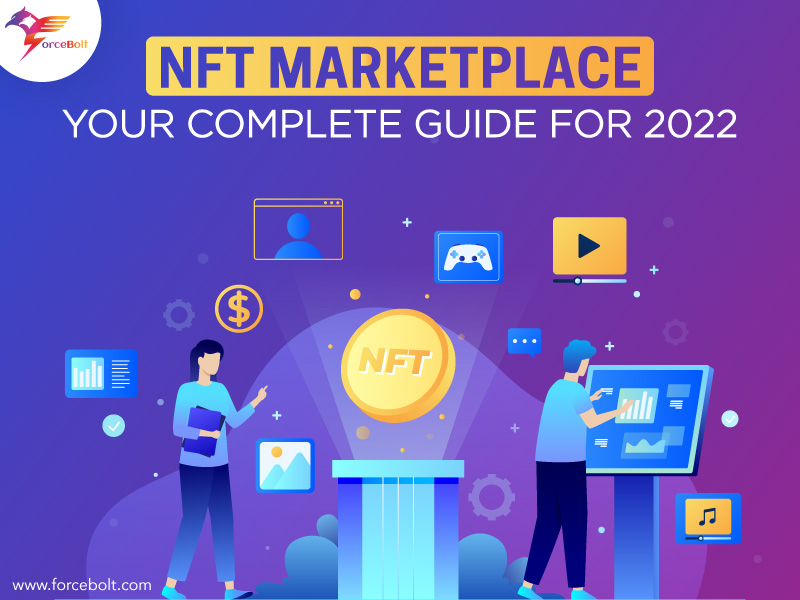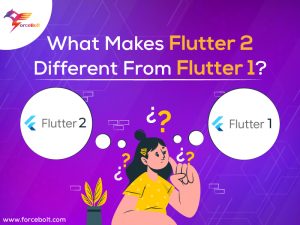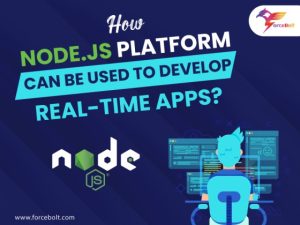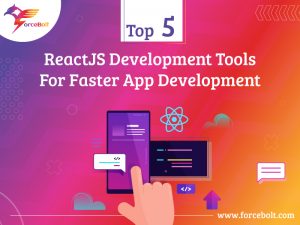Sharing is caring!
NFTs continue to lead the current wave of blockchain innovation. They have captivated the public’s imagination in a manner that no other blockchain technology has. As a result, it appears that not a day goes by without a new NFT marketplace appearing on one of the multiple blockchains. NFTs are now at the heart of what many perceive as the blockchain’s promise. In the future, their application cases will expand even further. However, these NFTs still require reaching a market, a full stack development agency, and distribution channels.
But, if you’re wondering what NFT is and why you should invest in NFT marketplace app development, keep reading. Let’s find out!
What Is NFT Marketplace?
NFT combines decentralized blockchain technology with non-fungible assets to form one of the most successful marketplaces in history. The Internet holds massive amounts of data, while consumers legally own just the domain names. The rest is stored on several platforms and is only available for use.
An NFT expands on the blockchain concept by introducing digital ownership of certain items. It is now conceivable because of the non-transferable nature of a token, which allows the right to possess digital art property to be formed. In other words, NFTs are an abstract way for a blockchain wallet to secure the custody of a specific asset.
An NFT marketplace is a virtual shopping area that allows collectors and artists to acquire and tokenize programmable digital commodities such as:
- Gaming Items
- Collectibles
- Digital Art
How To Develop An NFT Marketplace App?
1. Discover Your Niche
The specialty isn’t as important if you want to create an app like OpenSea because it’s a horizontal marketplace with NFTs from many niches displayed. On the other hand, the vertical marketplace focuses on a single niche such as art, collectibles, music, movies, fan art, and so on. In such a market, defining the niche is critical, as is considerable study.
2. Key Stakeholders
Once you’ve identified the niche, you’ll need to identify the stakeholders who will assist you create the app’s wireframe. There are three stakeholders in any NFT marketplace:
- Buyers who purchase NFTs on the market.
- Designers or artists who create the NFTs or digital materials.
- Administrators who facilitate transactions via the platform.
- Identifying these stakeholders allows you to define the panels or technology stacks for each of them.
3. Architecture Of The App
The following phase is to define features, user flows, business-specific requirements, and development methodologies. Designing the app architecture will be easier if you’ve decided on the functionality for your NFT marketplace.
Some of the key characteristics required to create an NFT marketplace app are as follows:
- The storefront includes a dashboard with information on NFT ownership, prior bids, and pricing history.
- Improved classification and a sophisticated search function to make it easier to find NFTs.
- Auction features include the opportunity for buyers to keep NFTs on a watchlist and view big data.
- The cryptocurrency wallet functionality facilitates the integration of numerous payment channels, trading platforms, and cryptocurrencies.
4. Development Phase
Agile is one of the most effective development methodologies available. It will help you to iterate with incremental improvements and incorporate user feedback at each level. You can, for example, use Agile’s Minimum Viable Product (MVP) approach to deliver a beta version and then iterate gradually toward a full roll-out.
5. Generation Of The Token
The trading of smart contracts or tokens underpins NFT marketplaces. Token generators require agreement from both buyers and sellers when the application platform is deployed.
It is critical to note that the production of tokens requires pre-defined blockchain technology. Because each blockchain platform has distinct NFT criteria for token production, you must choose the technology to use.
Final Thought
The buzz around the NFT is far from gone. As the interest in digital assets grows beyond celebrities who generate NFT just for the arts, more brands are flocking to the area to build their own distinctive NFT tokens.
Now that you’ve seen the proven high potential of such galleries and markets, it’s a fantastic opportunity to enter the industry and develop a solution that provides better NFT services than the present market participants.
Ready for e-learning software development? ForceBolt’s team of experts will assist you with customized and robust e-learning solutions that will align with your organization’s goals and objectives.

Abhishek Singh
Full Stack Technical Lead
A highly motivated Senior Full Stack Developer who is self-driven and actively looks for ways to contribute to the team. He possesses rich expertise and deep knowledge about a good software development process that includes documentation, testing, documentation, and collaboration. With solid communications and reasoning skills, he delivers high performance and quality in his projects. He is always open to assist other teams in understanding project requirements so that collaboration can happen in the best possible ways in an environment conducive to the business.

